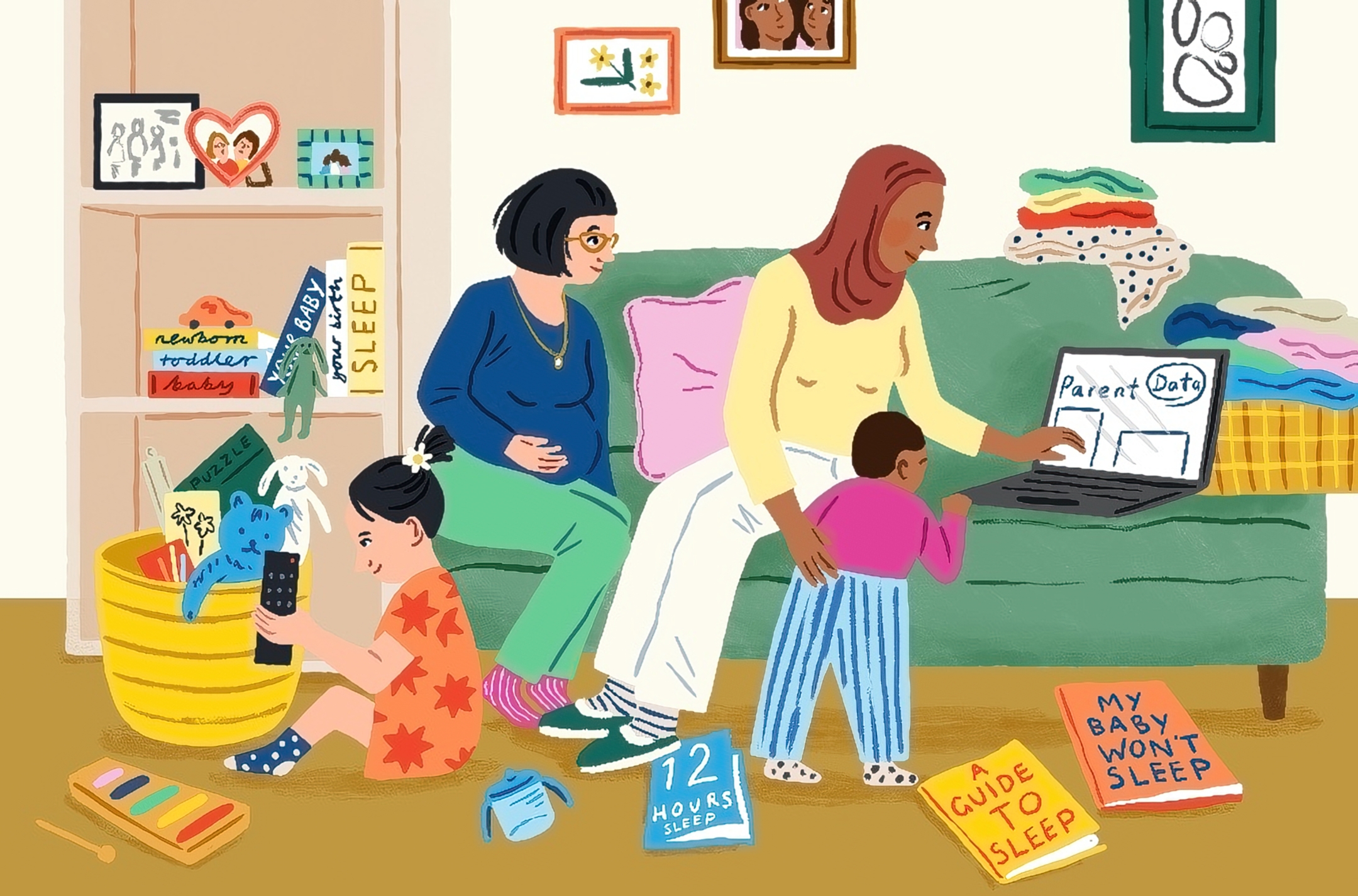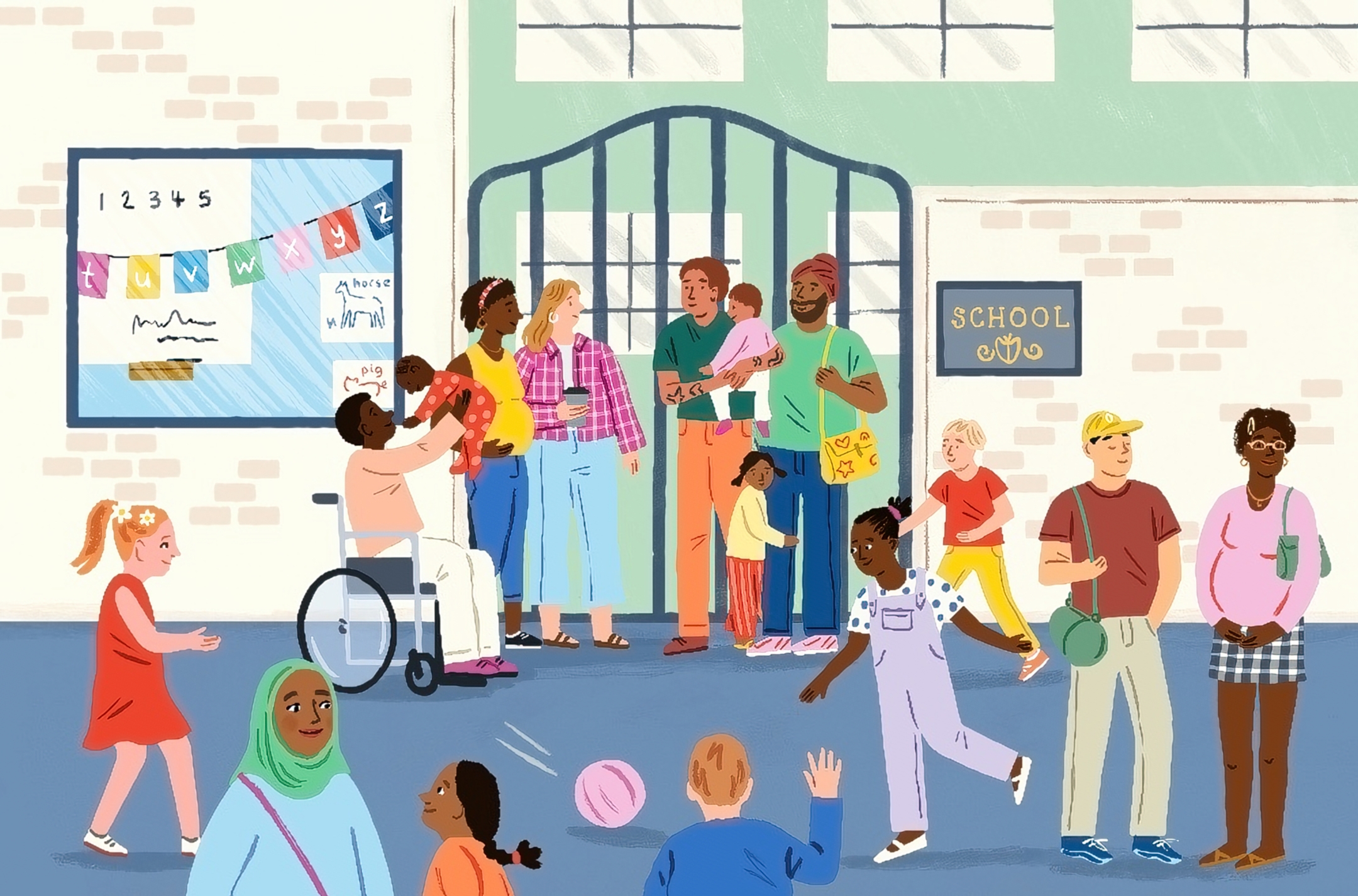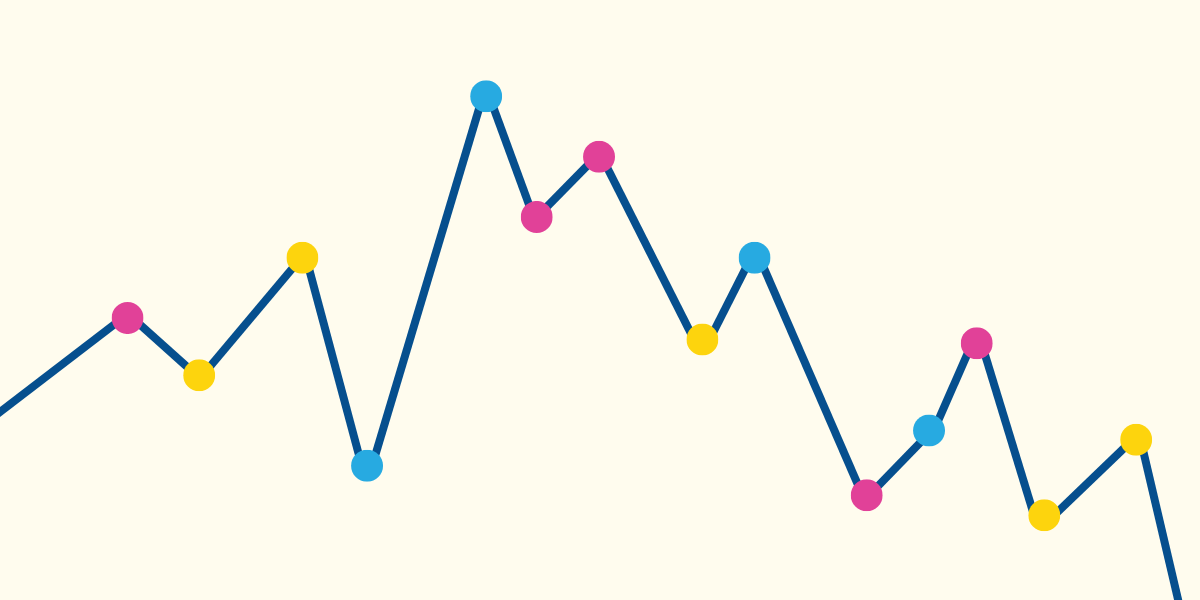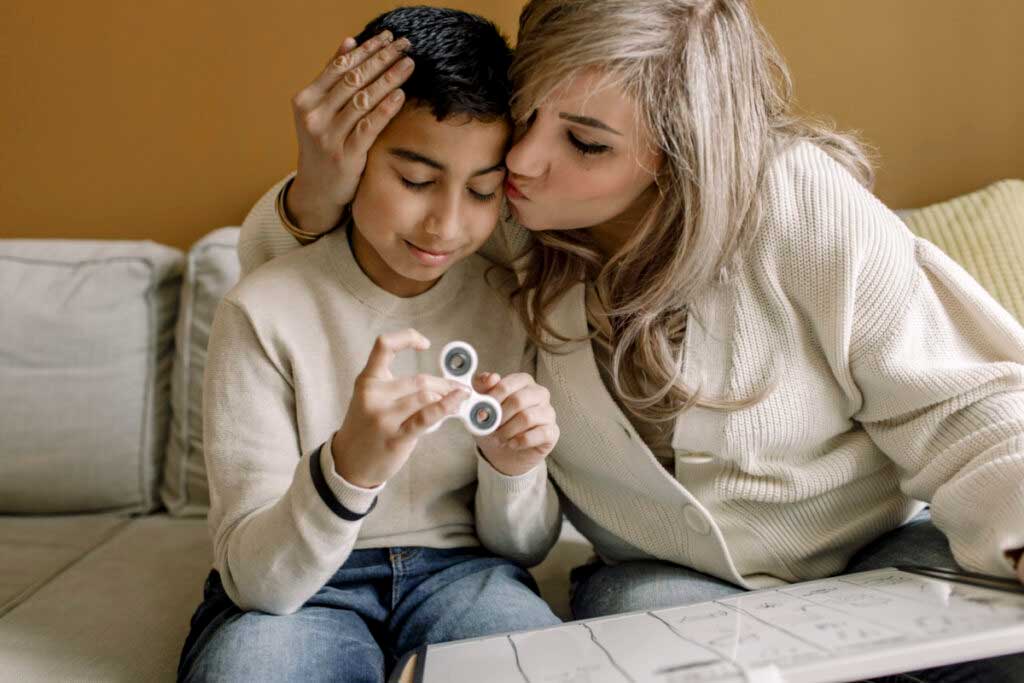How safe is long-term use of Miralax for toddlers?
—Nina
It is sometimes amazing how much of our early parenting time is focused on the Big Three: sleeping, eating, and pooping. In all three cases, we put it out of our mind until it’s not going well, and then it rears up to occupy a huge amount of brain space.
Nearly everyone — adults and kids — has occasional bouts of constipation. But chronic constipation affects a notable share of children, perhaps 1% to 2%. Constipation is closely related to, and often co-occurs with, other issues, including fecal incontinence (leaking of stools) and fecal impaction. There are formal definitions for the various issues, based on expert consensus, which I have included below.
I realize this wasn’t your question! But useful to set the stage.
Treatment for chronic constipation in children largely involves three approaches: laxatives (of which Miralax is the most common), behavior modification (typically, sustained time on the toilet), and, sometimes, biofeedback. The latter refers to a set of techniques involving, effectively, exercises of tightening and loosening the sphincter, with physical feedback.
There are many small randomized trials of various options. An example: a trial with 87 children that compared laxatives alone with laxatives plus behavior training or biofeedback. It found that including behavior training seems to improve success relative to laxatives alone — cure rates at 12 months were 36% and 48%, and improvement rates were 45% and 78% (biofeedback wasn’t as helpful as an addition to the laxatives).
It is somewhat challenging to summarize or combine the many studies (this review paper attempts to do so) because they all do slightly different things. The result is it would be very hard to point to a particular technique and say definitively, “This is the right way.” The overall review conclusion is that adding behavior training to laxatives likely improves success. The evidence on adding biofeedback approaches is more mixed.
Laxatives are nearly always involved in addressing this problem. That is because there is good evidence that they work; Miralax seems to be the most supported in the data. And for many people, this often means lengthy usage. Which leads to the safety question. In the small trials of laxatives, serious adverse events aren’t seen. The side effects include what you’d expect — diarrhea, gas. These trials are small, so the reality is that most of our conclusions about safety are based on long experience and common usage, rather than airtight detailed randomized data.
Of course, part of the reason we do not have airtight randomized evidence is that laxatives are the standard of care for constipation, and the risks of untreated chronic constipation are significant. There is no reason to think long-term use would cause problems, and plenty of reason to think that long-term constipation will.


















Log in